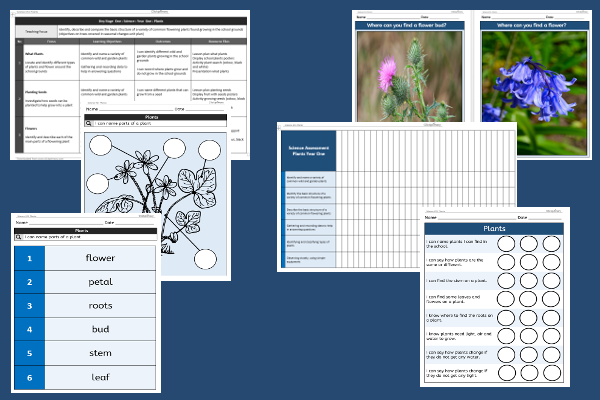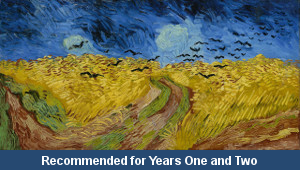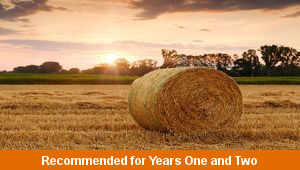Home > Key Stage One > Science > Year One Planning > Plants
Plants Assessment

This science assessment teaching pack for Key Stage One can be used to assess abilities in identifying and describing the basic structure of a variety of common flowering plants and investigating and testing how to support plant growth.
The class can record and review their understanding of the concept and knowledge connected to the topic about how plants can grow and develop over time.
Download this teaching pack including a medium term plan, assessment test and an evaluation activity to assess abilities in identifying and describing the basic structure of a variety of common flowering plants and investigating and testing how to support plant growth
Activities in this teaching pack include an assessment test to assess understanding of the factors affecting plant growth complete with a marking scheme and matching record sheet and a worksheet to help the children assess their own progress for the National Curriculum programmes of study about identifying and describing the basic structure of a variety of common flowering plants and investigating and testing how to support plant growth.
This lesson is part of a science scheme of work to get the children to identify and describe the basic structure of a variety of common flowering plants and investigate and test how to support plant growth. There are teaching activities for shared learning, differentiated worksheets to support independent learning and interactive presentations to introduce concepts and key skills.
-

Van Gogh
Investigate and replicate the work and painting style of a famous artist from the past by producing a matching landscape of the school building
-

Harbour Labels
Practise structuring and formatting different word processed documents to describe a range of ships and boats seen in a harbour
-

Islam
Explore and illustrate some of the different stories, beliefs and practices of the Islamic religion including special festivals and sacred texts
-

Farm Prints
Practise and demonstrate different techniques when printing a range of shapes and patterns that can reflect themes and ideas related to farming
